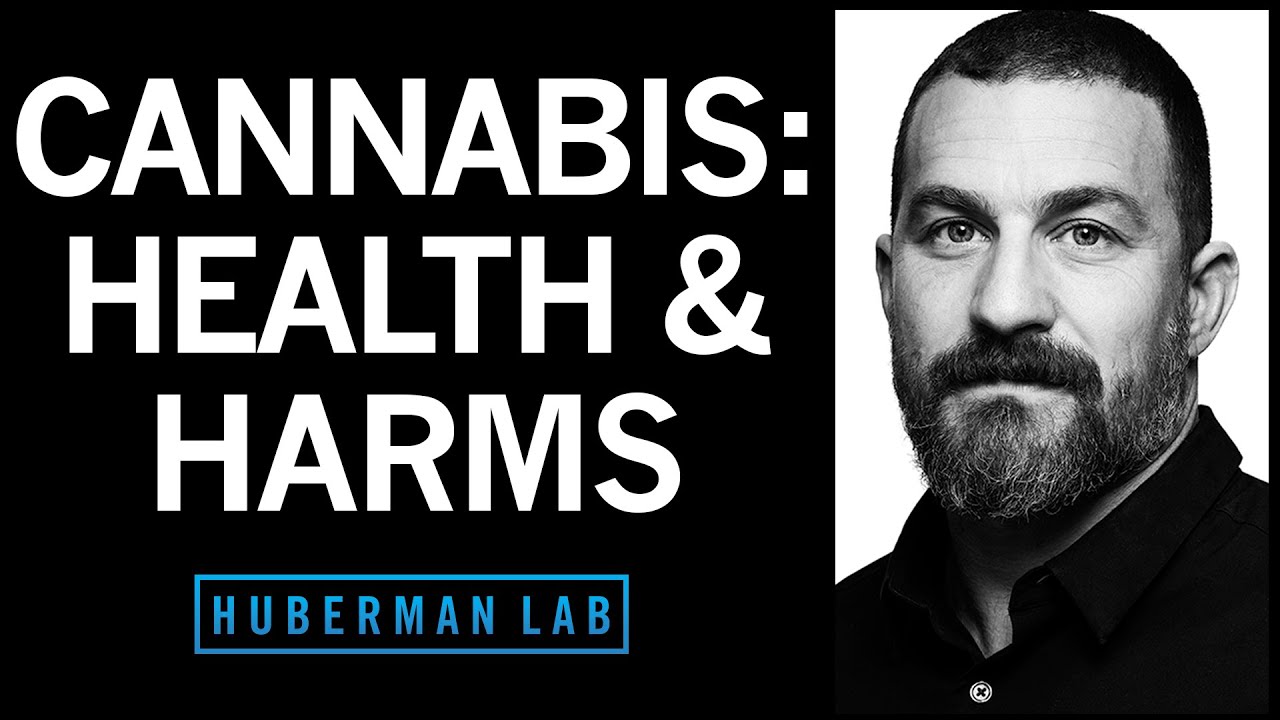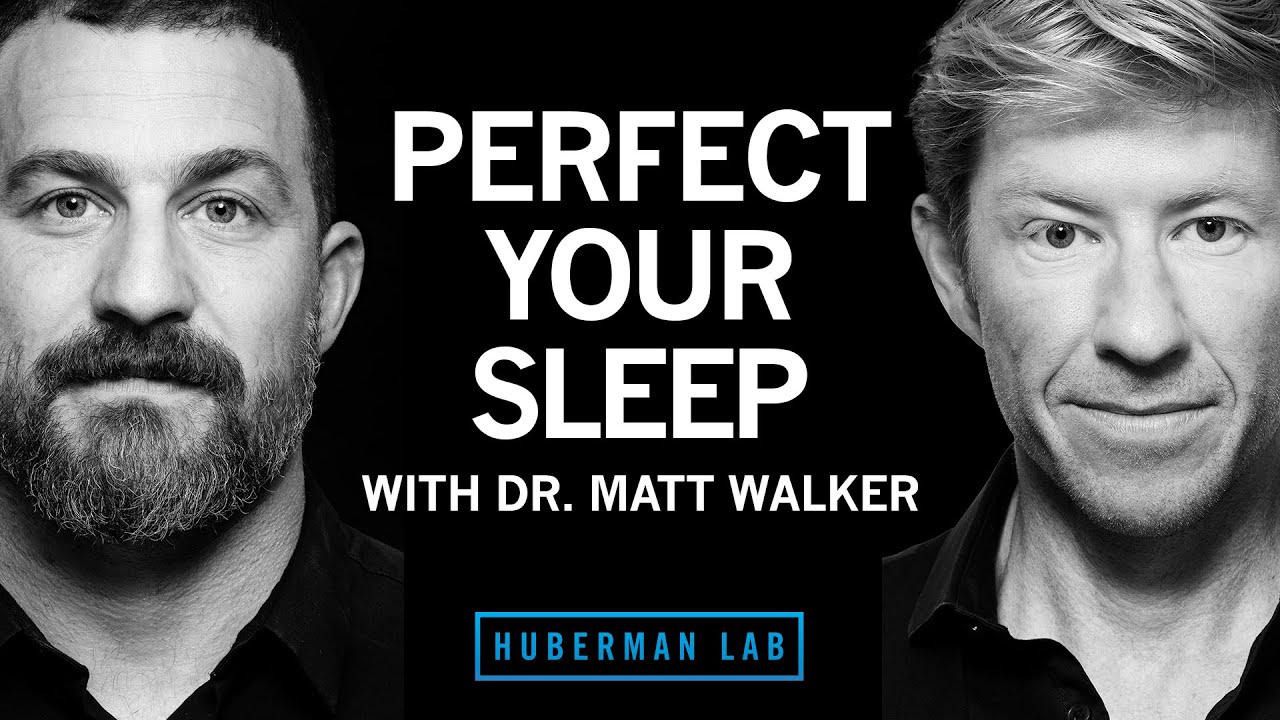- Understand the different types of cannabis and their effects on the body.
- Learn the positive and negative effects of cannabis on the body: thinking, mood, stress, alertness, and speech patterns.
- Know the possible side effects of smoking cannabis.
- Determine how cannabis can affect hormones and fertility.
- Learn the impact of cannabis on adolescence.
Effect of Cannabis (Marijuana) On The Brain And Body
Effect of Cannabis (Marijuana) On The Brain And Body

- Reactions to cannabis are very individual. So, be careful with believing possible effects other people are having you are going to get the same.
- Avoid reducing your libido by minimizing the use of cannabis.
- If you are looking to get pregnant, make sure you and your partner avoid using cannabis since it can affect fertility.
- Cannabis use during adolescence can have significant negative effects on the pre-frontal cortex.
- If you suffer from anxiety or other forms of mental issues, avoid using cannabis since it can increase the symptoms. Talk to your doctor if you are considering using cannabis.
Cannabis Strains And Psychoactive Compounds: THC & CBD
There are three main components in the cannabis plant:
- THC. It is the most powerful psychoactive compound, which is responsible for changing mood, body processes, and one’s sensations.
- CBD. It is often used for pain management, anxiety management, and other medical benefits.
- CBN. Can produce mild psychoactive effects.
Sativa vs. Indica: Stimulant vs. Relaxation Effects
| Feature | Sativa | Indica |
| Structure of plant | Taller stalks and longer leaves | Short and stout stalks |
| Effect | Stimulant | Sedative |
| How they make you feel | Invigorated, alert, increased focus, and more creativity. | Relaxation, reduced stress, and decreased pain. |
THC And CBD: Endogenous Cannabinoids Receptors And Dependence
In the body, there are endogenous cannabinoids receptors, which are made for natural compounds in the body. The two main endogenous cannabinoids are anandamide (EAE) and 2-arachidonoylglycerol (2AG), released by neurons. They affect mood, behavior, and anxiety (either increasing or decreasing).
There are two kinds of cannabinoid receptors: CB1 and CB2. CB1 is mostly found in the nervous system and the brain, while CB2 is largely located in other tissues in the body.
When CBD and THC bind to these receptors, they are so potent and have a great affinity to them, that your endogenous cannabinoids are out-competed, meaning they can no longer interact with the cannabinoid receptors. This is why it creates a dependency. If people don’t ingest (or smoke) cannabis, the receptors are not stimulated with the same potency, and the endogenous cannabinoids no longer have their effect. As a result, people experience higher levels of anxiety, disrupted mood, and other factors.
Biological Effects of Cannabis
Cannabis enters very fast into the bloodstream. In fact, within 30 seconds, it reaches the brain and bodily tissues. Within 30 to 60 minutes, it will reach its peak concentrations and have its peak biological effects.
The effects tend to last between 3 to 4 hours. Keep in mind that this depends on several factors, such as metabolism and how often you are a user. And, since THC and CBD are highly lipophilic, they can remain in fatty tissue for up to 80 days.
Brain Areas Affected by THC And CBD: Side Effects
The effects seen regarding mood, stress, alertness, and paranoia will depend on the strain of cannabis (Sativa vs. Indica). The reason Sativa cannabis has an energetic effect on people is because it activates CB1 receptors. As a result, they affect the frontal cortex, which acts as a modulator for the limbic system. This leads to having more energy, focus, and creativity.
On the other hand, Indica causes a suppression of the prefrontal cortex, which causes a relaxed state. However, keep in mind that this might vary for each person.
Other possible side effects of cannabis include:
- Reduction in the electrical activity in the hippocampus (short-term memory loss).
- General neuro suppression of neural circuits within the basal ganglia and cerebellum (reduced mobility, red eyes, and dry mouth).
- Activation of the hypothalamus (increased appetite – “munchies”).
Creativity: Convergent vs. Divergent Thinking And Dopamine
Besides feeling high, some people use cannabis to boost creativity.
There are two modes associated with creativity.
- Divergent thinking. Exploring ideas and brainstorming. Continue to move into the variation of ideas to eventually converge into one idea.
- Convergent thinking. It is taking loose ideas and braiding them together. Organizing and synthesizing those ideas into a common framework.
Dopamine is closely associated with convergent and divergent thinking and creativity. When dopamine levels are high, divergent thinking is most likely to occur. However, when dopamine levels are too high, it can reduce divergent thinking. This means there is a sweet spot as to the ideal dopamine levels for divergent thinking. The opposite happens with convergent thinking. When dopamine levels are low, convergent thinking is most likely to occur.
Does cannabis increase creativity?
A study comparing cannabis users and non-users concluded that there was enhanced creativity among pot users. They also seemed more open to new ideas and enhanced creative thinking. However, evidence is still mixed regarding the effect of cannabis on creativity.
Cannabis And Libido
It seems that 6-9% of people have low sexual desire. So, more and more people seek cannabis to boost their libido. Research shows that using cannabis recreationally might increase sexual desire and libido. However, remember that the effects of cannabis are divergent, meaning that while some people might have positive results, others won’t.
In a study, elevated prolactin levels under cannabis effects did not increase sexual arousal. On the other hand, those with lower levels of prolactin had increased sexual arousal.
Cannabis And Hormones: Prolactin, Testosterone, Estrogen, And Fertility
Smoking cannabis more than twice per week increases prolactin levels, decreases dopamine, reduces testosterone levels, and increases estrogen levels.
While research is still inconclusive, it seems that edible marijuana might not greatly impact prolactin levels as it does smoking. It seems to have a mild increase in prolactin. As a result, it might not have a large disruption on dopamine and testosterone levels.
Another possible side effect of cannabis is its possible increase in cortisol levels, causing anxiety and paranoia. However, again, this is a divergent trait since, for some people, it can reduce cortisol levels.
THC, in particular, can inhibit gonadotropin-releasing hormone (GnRH), which reduces LH and FSH. As a result, it reduces sperm production in males and egg health and ovulation (menstrual function) in females, causing fertility problems.
Smoking/Vaping Tobacco or Cannabis And Negative Health Consequences
No matter if you are smoking or vaping cannabis (or tobacco), it affects the endothelial function of the brain and body. Consequently, it can decrease cognitive capacity over time, increase the probability of stroke, severely impact lung function, increase the risk of peripheral neuropathies, cause sexual dysfunction, and increase infertility issues.
Keep in mind that these effects are independent of the bioactive compounds found in cannabis or tobacco. They are mostly negative consequences of the act of smoking.
Negative Health Consequences of Cannabis: Anxiety, Depression, And Tolerance
Chronic use of cannabis seems to increase anxiety levels over time (more than 12 months). And, it seems that people need to smoke more over time to get the same anxiety relief they initially felt. Research also shows that it can increase the risk of depression after using cannabis.
Currently, heavy cannabis users seem to be between the ages of 16 to 24. During the ages of 16 to 24, cannabinoid receptors are highly available, leading to an increased risk of depression and anxiety when they are adults.
Using cannabis during adolescence can accelerate the thinning of the pre-frontal cortex (grey area), which is responsible for planning, creating plans, and structuring life. And, the heavier the cannabis use, the faster and more extreme this thinning will be.
Now, there is a way to recover the damage, but it depends on how badly it’s damaged. So, what can you do? Quit smoking, focus on cardiovascular activities, have adequate nutrition, and prevent smoking nicotine.
